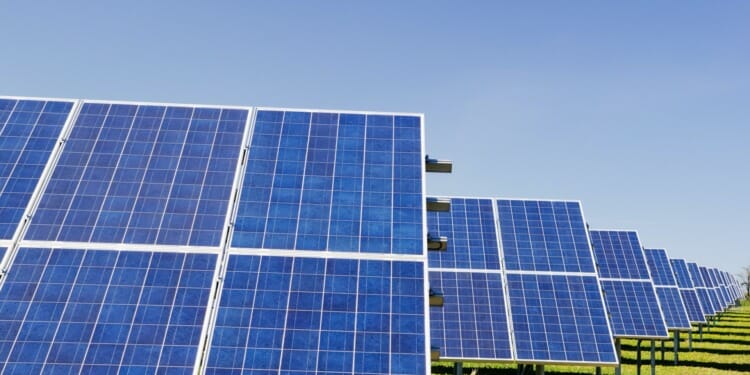The administration decided to decrease the costs, amid concerns that fees and lease rates are not low enough to “draw investment” and could ruin Biden’s climate goals.
This decision is an example of the Biden-led government’s focus on tackling global warming, through strengthening the clean power industry and therefore averting coal mining as well as drilling.
Senior counselor to the U.S. Interior Department’s assistant secretary for land and minerals, Janea Scott said: “We recognize the world has changed since the last time we looked at this and updates need to be made.”
The Interior Department’s Bureau of Land Management (BLM) stated on Tuesday that it is leading a strategy, which will review renewable energy authorisation regulations and that of public land “rights-of-way”. The review will commence this month, with “four public listening sessions” as well as a meeting with Native American communities.
According to Reuters, The agenda for these sessions will be the timetable for rent leases, the cost of “wind and solar rights-of-way,” the timing arrangements for processing applications and reflections on “environmental justice.”
However, the necessity for space is also a pressing issue. Carbon Brief reports that the President is aiming for the power sector to be decarbonised by 2035 – but the energy research and business intelligence company, Rystad Energy, says that one would need land greater than the Netherlands just to accommodate the solar industry, let alone that of wind.
Whilst Biden’s green goals are ambitious, Quartz predicts that “[a]t least 80% of new electricity capacity is expected to come from renewables by 2030” on a global scale, as wind and solar power that is unsubsidized would “compete” against fossil fuels.
Related Articles: The New Renewable Energy Market: A Unique Growth Opportunity for Economies and The Planet | America’s New Policies to Control Carbon Emissions
What are the issues surrounding fees for solar and wind leases?
The fee arrangement and level of rent for “federal solar and wind leases”, is in dispute. This arrangement enables rent levels to be in accordance with the “agricultural land values.”
The policy, introduced in 2016 by Barack Obama’s administration, involves payments of $971 for every acre per annum on rent (from large-scale solar projects), as well as a payment of more than $2,000 per annum for each megawatt of power.
Projects involving 3,000 acres of land and 250 megawatts of power, face a payment of approximately $3.5 million per annum.
The federal fee schedule states that whilst the rent for wind projects is mostly less expensive, the charge for capacity is high-priced, costing $3,800.
General counsel for clean energy trade group, American Clean Power Association, Gene Grace, says:
“Until these overly burdensome costs are resolved, our nation will likely miss out on living up to its potential to deploy homegrown clean energy projects on our public lands — and the jobs and economic development that come with it.”
The Energy Information Administration, reports that the Interior Department allows under 10 gigawatts of wind and solar power on federal lands, which are over 245 million acres. And according to the administration, this is merely a third of what each industry was predicted to take on in 2021.
The Interior Department’s Bureau of Land Management (BLM) decreased rent prices in three counties of California, during June this year. However, spokespeople from the solar industry felt that this was unsatisfactory, claiming the reductions were not big enough and arguing against the fact that the “megawatt capacity fee” was not withdrawn.
Whilst the BLM has brought about some positive change for the wind and solar power industries, it appears that those working in these sectors expect a more radical change from the current president. And although Biden’s aim to decarbonise within the next 14 years is an impressive step forward; the scale of land required for this to be achieved could be a major drawback. So if the high fees facing solar and wind power developers are appropriately reduced, Biden’s hope for a greener future may become more feasible.
Editor’s Note: The opinions expressed here by Impakter.com columnists are their own, not those of Impakter.com.— In the Featured Photo: Solar power plant. Featured Photo Credit: Zbynek Burival










